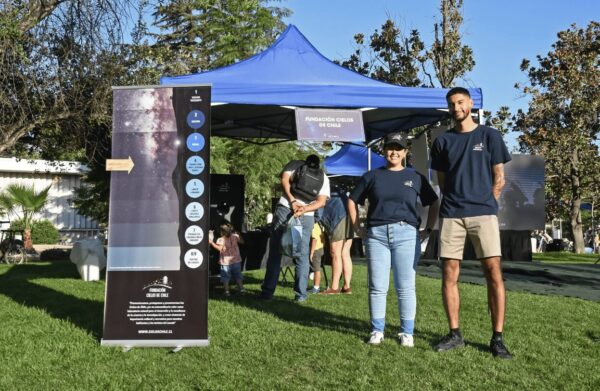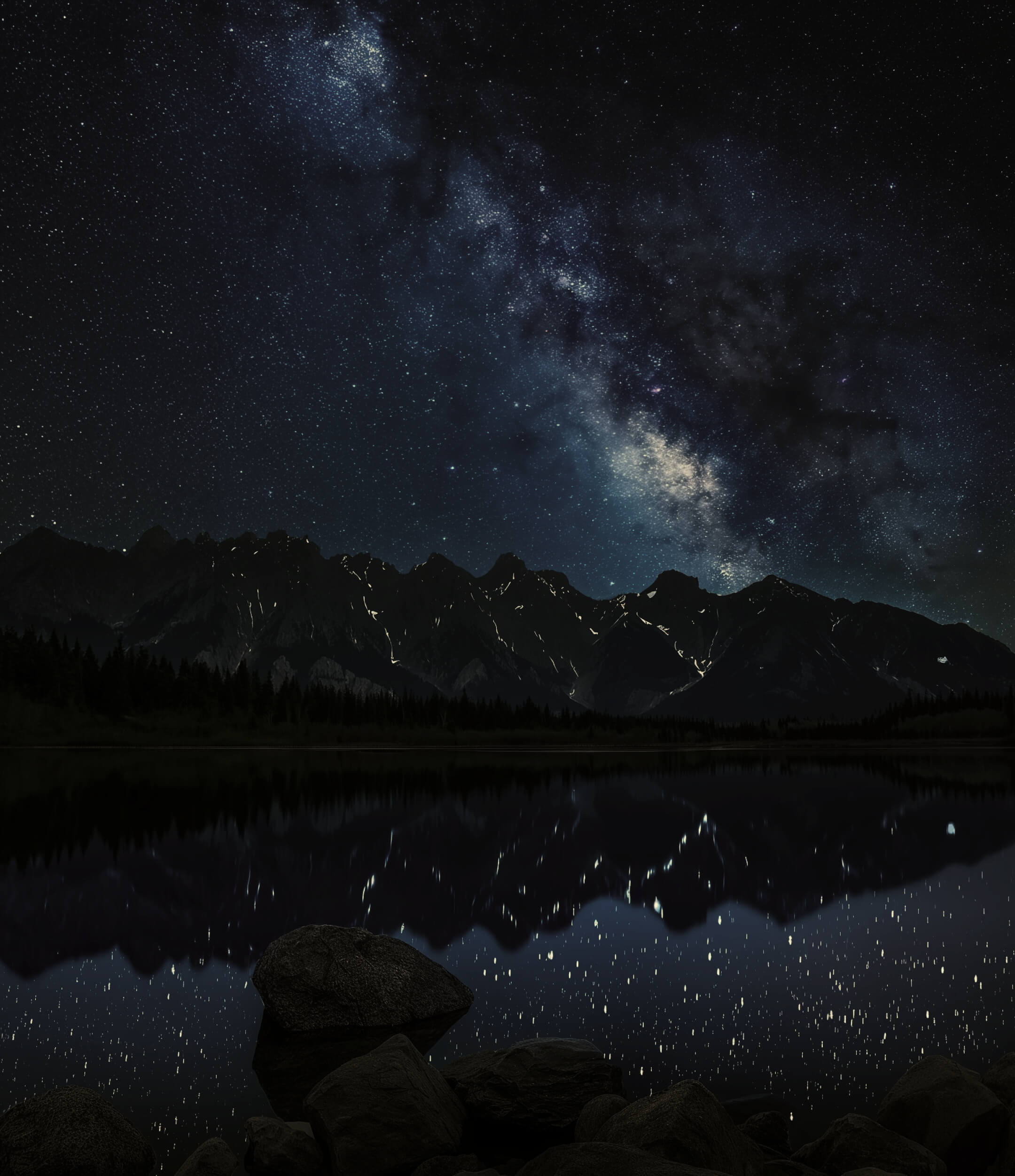ESO’s Open House Day Highlights the Importance of Protecting Dark Skies


Posteado
Cielos Chile
schedule Friday 23 de May
The Skies of Chile Foundation took part in the event with a talk and an interactive stand aimed at raising awareness among the many visitors about the importance of preserving dark skies for the advancement of astronomy.
As part of Astronomy Day, on Friday, March 21, the European Southern Observatory (ESO) opened its doors to the public with a series of activities and talks focused on science outreach. This year, the conversation around the protection of dark skies was especially relevant due to the potential development of projects near scientific observatories, which threatens the quality of some of the most pristine skies in the world.
Dark Skies: A Vital Resource for Astronomy
During the event, Juan Pablo Valenzano, Project Coordinator at The Skies of Chile Foundation, gave a talk titled “Dark Skies”, which addressed the issue of light pollution and its impact on astronomical observation. He emphasized that Chile is home to globally renowned skies for astronomy, but that increasing artificial lighting poses a growing threat to this advantage.
One of the key points discussed was the misconception that increased lighting in cities equates to development. While lighting does play a role in the perception of safety and well-being, its implementation must be carefully planned to avoid waste and reduce its negative impacts on astronomical observation, biodiversity, and human health.
The presentation included a map showing the rise in light pollution in the La Serena and Coquimbo regions in recent years, with a noticeable increase near observatories. “In 2023, light pollution sources were identified even near the Paranal Observatory, largely due to the spread of high-intensity LED technology without proper regulation,” explained Juan Pablo.
Experiencing ESO’s Open House Day
Throughout the day, visitors took part in guided tours of ESO’s facilities, interactive exhibitions, astronomy workshops for all ages, and even had the opportunity to use telescopes for solar observation. Attendees also enjoyed science demonstrations and learned firsthand about the work conducted by ESO observatory astronomers.
Participants visited ALMA’s control room and joined workshops on comet making, astronomical painting and telescope crafting, screen printing of images from ESO and ALMA telescopes, virtual reality experiences, and a series of short astronomy talks.
Among the featured exhibitions were topics such as galaxy formation, the collaboration between ALMA and the James Webb Space Telescope, as well as keynote talks on ALMA’s discoveries and the construction of the Extremely Large Telescope.

Subscribe to our newsletter
Receive relevant information about the skies of Chile every month
